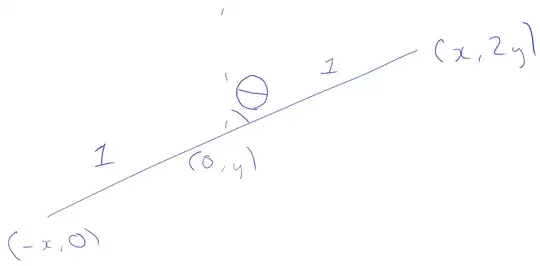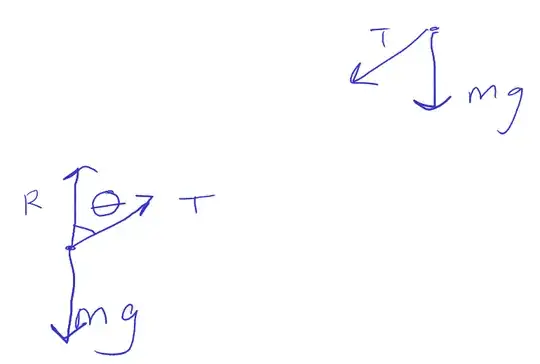Consider the following simplified model of a skater falling over: Two equal masses m are attached to opposite ends of a light, straight rod of length 2. One mass rests at (0,0) on a frictionless horizontal surface and the other is balanced, rather precariously, vertically above it at (0,2). The system is disturbed slightly. Find the (x, y) coordinates of the two masses when the angle of the rod to the vertical is θ.
The lower mass loses contact with the frictionless surface when the horizontal velocity of the lower mass is a maximum. Why? What is the value of cos θ when this happens?
https://web.archive.org/web/20120130215955/http://www1.maths.leeds.ac.uk/~read/TQP2.pdf
I thought the (x, y) coordinates of the lower and higher mass respectively would be (-sinθ, 0) and (sinθ, 2cosθ). 
However, I am unable to work out why the lower mass would ever lose contact with the frictionless surface. When the horizontal velocity is at a maximum, the horizontal acceleration should be 0, indicating that Tsinθ is 0. So the tension force would either be 0 or acting vertically, and it is not going to be acting vertically as 0 < θ < pi/2 whilst the rod is falling. Therefore, the tension forces would be 0 and I think the lower mass would then be in equilibrium and so it would not be lifting up. Additionally, I would think that the lower mass would lose contact when the reaction force acting upon it is 0 however, this would lead to unequal radial accelerations on the two masses, which I thought couldn't be possible perhaps because it would break the rod.
Also, this answer seems to suggest that the reaction force being 0 is impossible and so the lower mass wouldn't lose contact ever. So, is the question wrong or am I missing something important. 